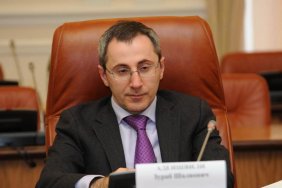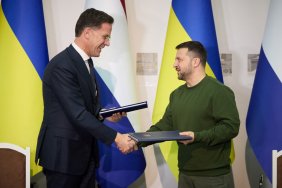The Netherlands will not continue to exploit a gas field in Groningen because of the earthquakes it caused, which affected residents of the area.
This was announced by Prime Minister Mark Rutte, writes Euractiv.
Groningen is one of the largest gas fields in the world and the largest in Europe. It could potentially replace gas supplies from Russia.
A giant gas field in the Netherlands once produced more than 40 billion cubic meters of gas a year, equivalent to 10% of the EU's consumption.
Groningen recorded the first small earthquakes in 1986. Since then, hundreds of others have taken place. Although most of them can only be detected with special instruments, in 2012 the province was hit by a magnitude 3.6 earthquake, which led to thousands of property damage claims.
Since 2014, the Dutch government has imposed increasingly strict limits on production from the field, and output has fallen from 54 billion cubic meters in 2013 to an expected 4.5 billion cubic meters this year.
Rutte told reporters he did not want to continue developing the Groningen gas field, but added that EU leaders had agreed at a meeting in Prague that "we have to lower gas prices" before discussing the energy crisis on Friday.
Representatives of EU countries are also scheduled to meet in Prague on October 11-12 at an informal energy council. New measures to tackle the energy crisis could be introduced in the next few weeks, including measures aimed directly at high gas prices.
As for the Netherlands, Rutte said bills would be reduced "by limiting prices for individual households to a certain amount of regular gas and electricity use".






